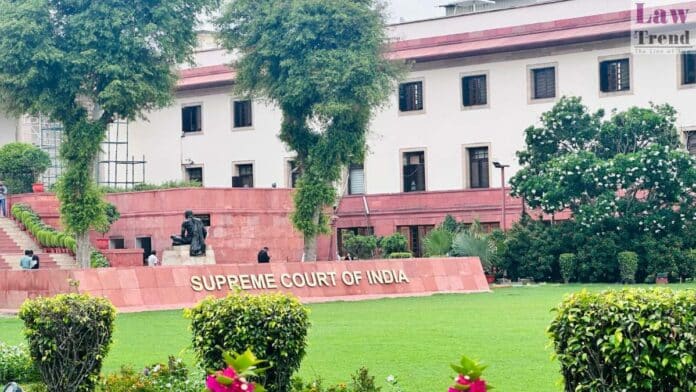The Supreme Court on Friday issued an order for the Director General of Punjab Police to set up a Special Investigation Team (SIT) to delve into the circumstances surrounding the alleged murder of a woman by her husband and his accomplice. The directive came from a bench consisting of Justices Surya Kant and N Kotiswar Singh, who were responding to a plea from the victim’s father challenging the bail granted to the accused husband.
The SIT will be composed of two IPS officers and one female officer, reflecting the court’s commitment to a thorough re-examination of the case, which has seen no significant progress despite being open for over five years. This lack of breakthroughs led to the case’s transfer to the crime branch following the initial filing of a chargesheet.
During the court proceedings, advocates Vishwajit Singh and Veera Kaul Singh, representing the victim’s father, contended that the Punjab and Haryana High Court had made an error in releasing the husband on bail. They highlighted the need for a more rigorous investigation given the serious nature of the allegations and the initial investigative shortcomings.
The apex court has tasked the SIT with concluding its investigation within three months, after which the matter will be considered resolved by the court. This timeline underscores the urgency with which the court views the need for clarity and justice in this prolonged case.
The backstory involves the woman, originally from Noida, who was married in 2011 and had a child in 2014. Her body was discovered in a car in Amritsar, where she lived with her husband, showing signs of multiple injuries and potential strangulation.
Her father alleges that she was murdered by her husband, his paramour, and a relative of the paramour. Initial investigations by Punjab Police led to a chargesheet against the husband alone in June 2020, but subsequent interventions and legal motions, including a plea by the husband’s mother, resulted in the transfer of the case to the crime branch. The crime branch’s assessment pointed to faults in the initial police investigation and suggested that the husband might not have been involved, proposing further examination of three other individuals’ roles.







